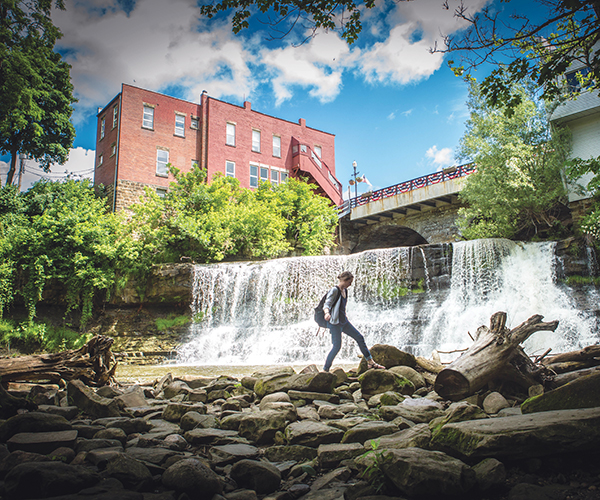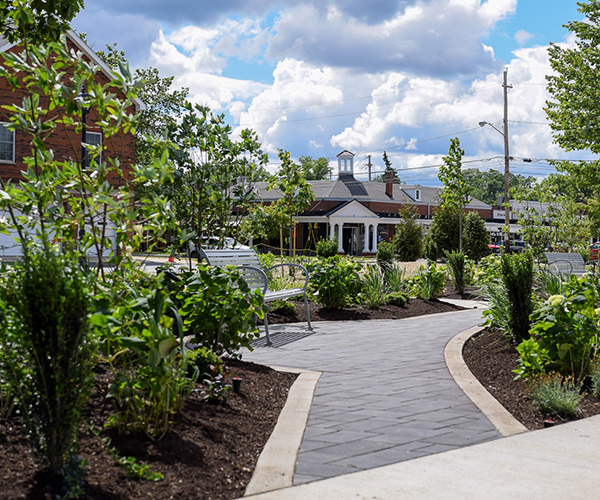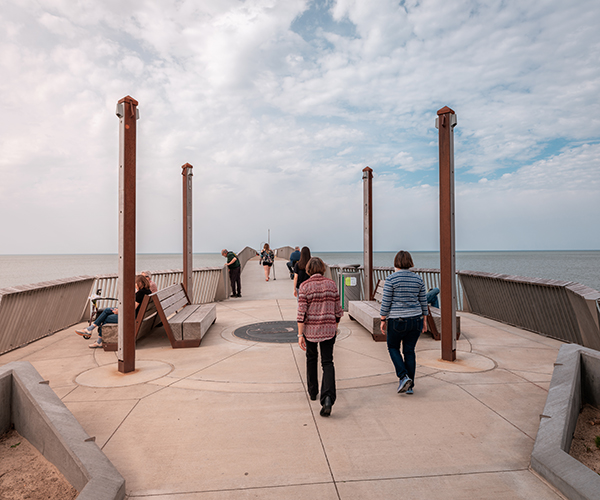My mom had her head in a lower cupboard, looking for a can of something for dinner. I stood by her — and must have been terribly annoying back then — because when I first wondered aloud whether the stove was supposed to be engulfed in flames, she said something about not bothering her while she cooked dinner.
By the time she peeked her head out of the cupboard, the flame had the upper cabinets firmly in its grips, like a mountain lion with its prey.
"Get your sister and get out!" she yelled, while reaching for the phone on the wall and looking for baking soda to douse the flame. "Don't even put your shoes or coats on."
I ran to my sister's room to tell her that the house was on fire, and she, too, said something about not bothering her.
But we ran out the front door to the neighbors' through ankle-deep snow in our socks. When we arrived, the neighbor asked where our baby brother was. We had left him sleeping in his crib.
Luckily for my family, the fire was contained to the kitchen and everyone was safe.
"A fire will double in size every two minutes, depending on what's burning," says Richard Ciarrone, a Parma fire inspector. "People can really be overcome by smoke and disoriented. It's a really toxic environment. People often underestimate how dangerous it is."
Here are Ciarrone's safety tips.
>Prevention. Preventing fires is key. Check your home for hazards. Have a working smoke detector on every level of the home. Check them monthly. Change the batteries twice a year. Also, check all potential exits to make sure they're not blocked.
>Preparedness. Teach children what to do in case of a fire. Many communities offer Safety Town to children in the summer before kindergarten. Some schools visit "Fire Safety House," like the one in Parma, that can be filled with nontoxic smoke to teach children what to do in case of fire. Children should learn basic facts, including always feeling a door for heat before opening it. If you open it and find smoke, leave through a different exit.
>Planning. Involve the entire family — even children — in the creation of an escape plan that maps your home and all possible escape routes through doors and windows.
>Practice. Even young children should practice getting out of the house when there really isn't a fire. Do this more than once, using alternate routes each time.
>Place. Have a designated family meeting place. "Tell the children that they may get separated during the escape, but it's important to get out and know where to meet your family," Ciarrone says. He suggests meeting on a neighbor's porch and calling the fire department from there. >Stay put. "Kids will get out, and they'll want to go back in for a stuffed animal or pet," Ciarrone explains. "We have to really emphasize with the kids that once you're out, you stay out."



